|
This show has been touring the country and I have seen several of its incarnations at various galleries I have visited. I never went in though, saving it for the London version at the Queen's Gallery. It is on until August, but it is a popular show so I suggest you book, and as the banner above suggests is celebrates Leonardo 500 (birth or death, I am not quite sure). The exhibition website is work a look, having as it does high quality photos of pretty much all the drawings that are display. These photos below were taken by my grubby mitts as I ambled around the show. Amble with me. Leonardo is of course a name so often bandied around. However I suspect most people when asked to name his paintings will say Mona Lisa, The Last Supper, er something to do with a Madonna? One of the reason for this is that he wasn't much of a finisher our Leonardo. This exhibition is a treasure trove of wonders but there is a pattern which is 1) get interested in something, 2) get obsessed and draw lots of things and make notes, 3) plan for a book 4) lose interest and move on to something else. t is of course a manifestation of his scorching curiosity, and of course his scientific rigour. It is then quite something to see these superbly drafted drawings of a horses front leg (above left) with detailed notes above proportion, measurement and so on. Then just across the room you will get an equally detailed drawing of a machine for moulding something, along with the famous and characteristic backwards writing. This is a shook that keeps on giving by the way, the he actually wrote/drew this. The drawings so often have other sidetrack doodlings in them like the one above right which has a profile of a man. Because I am a man of high culture I could not stop thinking of Terry Prachett particularly this which you will have to read for yourself to find out why. There are of course many people, mostly men (but not all) and mostly in profile. Leonardo seemed to like drawing in profile. Some of his pieces were not of real pieces at all but caricatures, often imaged rather than real, as you can see in this fine picture of an old man (above left). Just look at the absurd level of detail, the structure of the neck and ear, the shading on the face, the construction of the expression. No doubt the drawing has been designed to show these things off. If you are an aspiring artist (and who isn't) then this exhibition is of both humbling and inspiring. If you have pretentions of being a scientist (I used to be one) then it does the same. To be confronted with both is, frankly, a bit much. So in the same row as the old man you get a short treatise on the effect of light and shadow on the face (above left).
Along with this you have drawings of the structure of people (well I say people, unless dealing with matters of reproduction they are always men) like this drawing from various angle and at various poses of the shoulder (above right), including, stripped of its flesh the sheaths of muscle underneath. Artistically this and his work generally reminded me and have inspired me to use white (various kinds at various points, chalk mostly though) as a highlight in drawing.
You do wonder though at the drivers. What prompts him to wake up one morning and go "[insert typical Italian name] fetch me a dead body, it must be muscular mind, I wish to do a study of the leg". Most of us I think it is toast or cereal? Anyway what a fine study it is but I suspect the external leg is somewhat idealised. No one has a leg that well defined. By the way, this exhibition is a very crany experience. You do a lot of peering at manuscripts, trying to fathom the detail. Trying to read the text before you realise your backwards Renaissance Italian is probably not up to it. Back to art now, well specifically art now. Scattered throughout the exhibition are various studies. Studies frankly of a quality that would make many final works throw in the towel. There are lots of babies in putti (cherub) form posed for appearance in final painting (such as the top painting in the above left). You also get very detailed studies like this clothed arm (bottom, above left). It is the cloth apparently he is studying, detailed and amazingly, diaphanous. The arm you can see has a very Renaissance religious poise to it. Studies of full figures also appear, such as this woman pointing (above right) and again the tone and detail on her clothing is very good. There is a personality here to, you can almost hear the woman saying, "look, over there". Animals appear to. I particularly like it when you get lots of them on the same page. Showing off a little how intricately he can draw maybe such as the cats (above left, but can you also spot the dragon) and the horses (above right). If I were being critical I would say some of the cats were a bit ratty. How he drew quickly above to capture them in those poses or mid movement I have no idea. Of the horses (above right) my favourite is the one rubbing its head along the ground. Such an identifiable horsey movement, wonderfully captured. The Queen's Gallery is worth visiting just for itself by the way. It is a fine space, and particularly fine is the large red gallery in which probably the majority of the pictures appear. I am finding my use of superlatives a little wearing now so I think I will abandon them for the rest of this post. Many of the pictures I have featured above appear here, along with an obsession that gripped Leonardo in his old age, that of a deluge consuming everything. He drew this several times (above left), all roughly similar, a town being engulfed by wind rain and sea. The swirls remind me of the puffs of air coming out of angels mouths you see on old maps. There are four rooms in total in this show (of which I suggest you scamper through the first one, it is crowded with people recently arrived, has only one picture and it is of Leonardo, rather than by him). We are into the last of them now. Along with the familiar themes already covered you also get weapons, landscapes (like this dreamlike rock formation - above left) and depiction of plans (like that above right). You also get maps! I am fond of maps and these are great. Leonardo was various peoples chief engineer and responsible for mapping out various things so you get the detailed and cartographic like this map of a town (above left) and the no doubt accurate but more representative and evocative map of a district of Italy. The lakes presumably (above right). These were among my favourite things in the whole show, and also completely unexpected. They reminded me strongly of maps in fantasy novels, which presumably crib their style from productions such as these. Its a great show but rather tiring to see. There is just so much of it and your eyes and indeed neck gets tired from craning in to see the fine detail. As always by the end, you find yourself walking past a study for the Last Supper, having tired of profiles of men. I shall leave you with two more, a design for a costume (above left) and a grump looking fellow who appears to have leaves for hair (above right). Only downside to the whole experience, there was an annoying absence of postcards to buy afterwards.
Next week, I haven't decided. Either Lee Krasner or Frank Bowling, or possibly neither of these. Come back and find out.
0 Comments
Leave a Reply. |
Archives
June 2024
Categories |
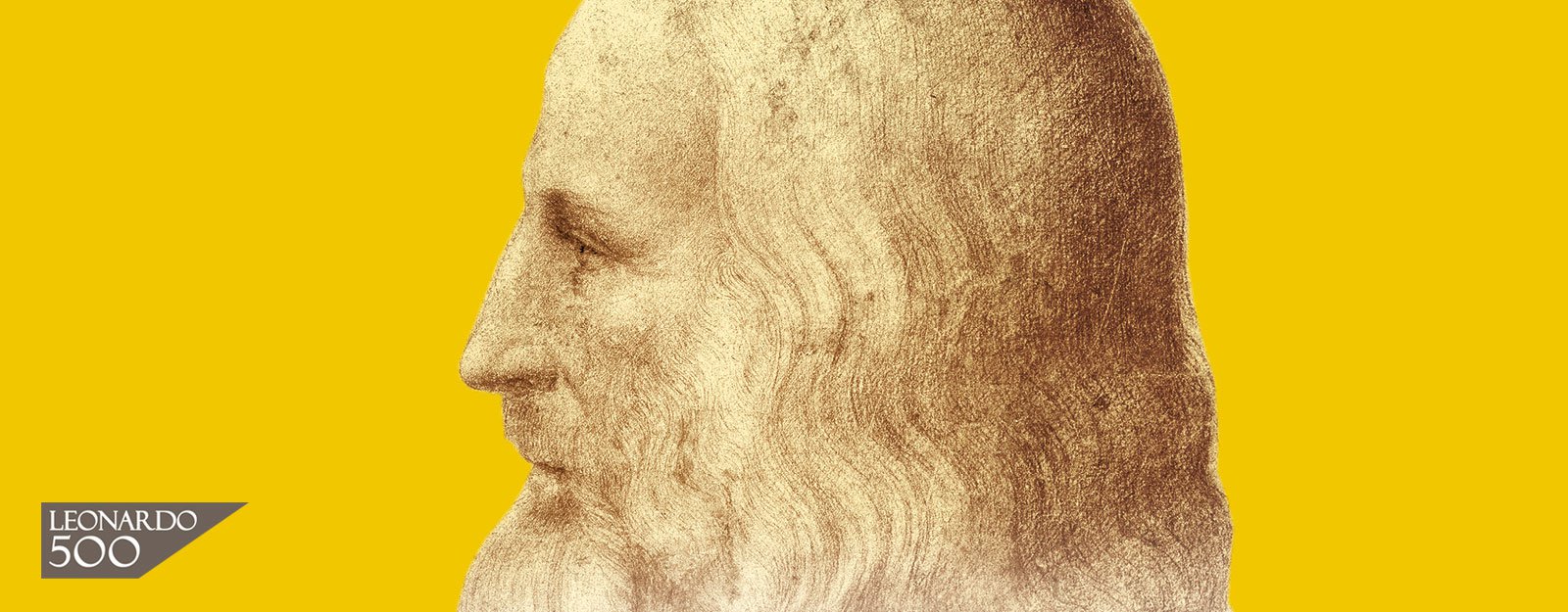
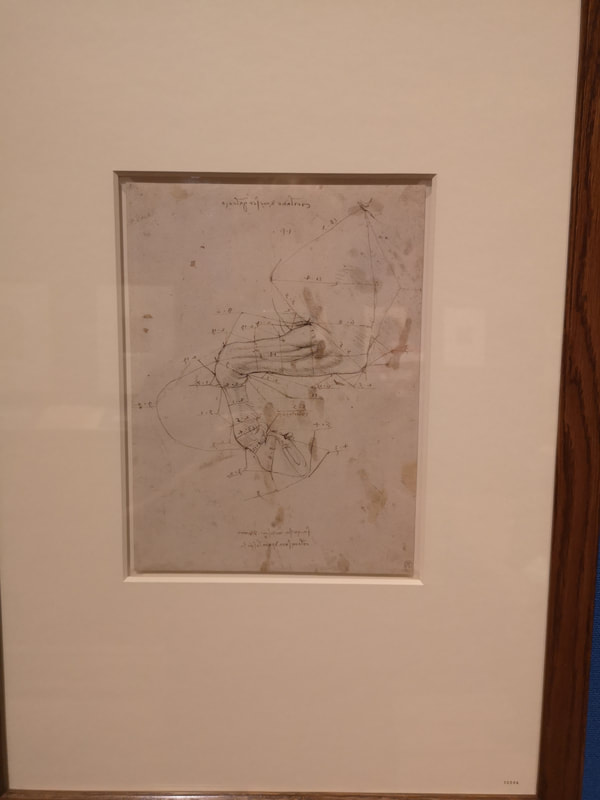
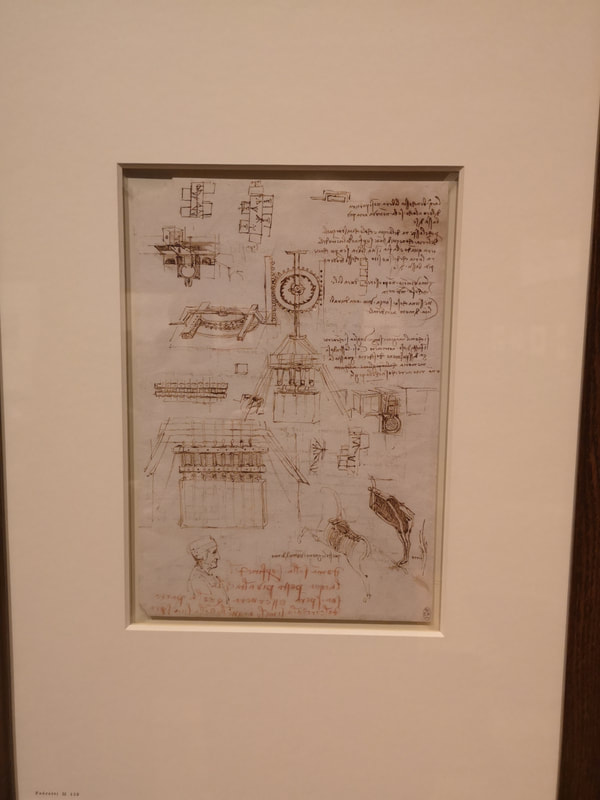
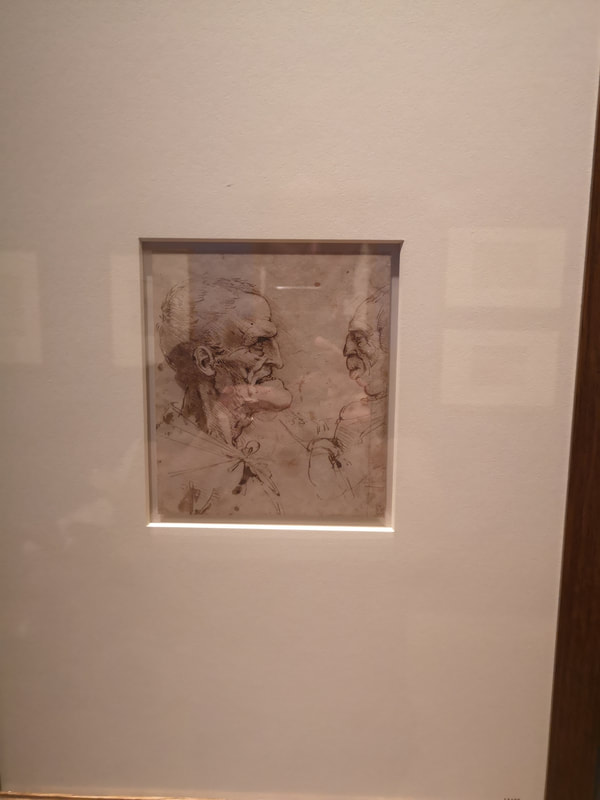
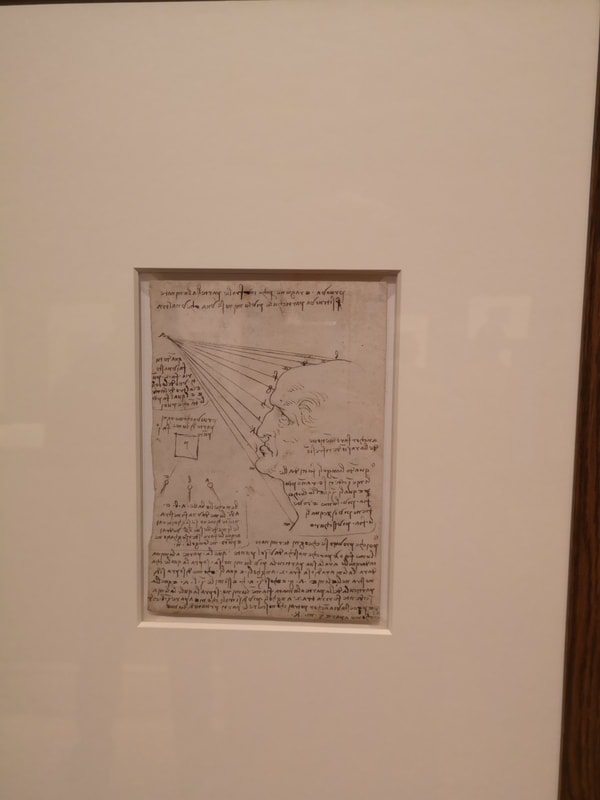
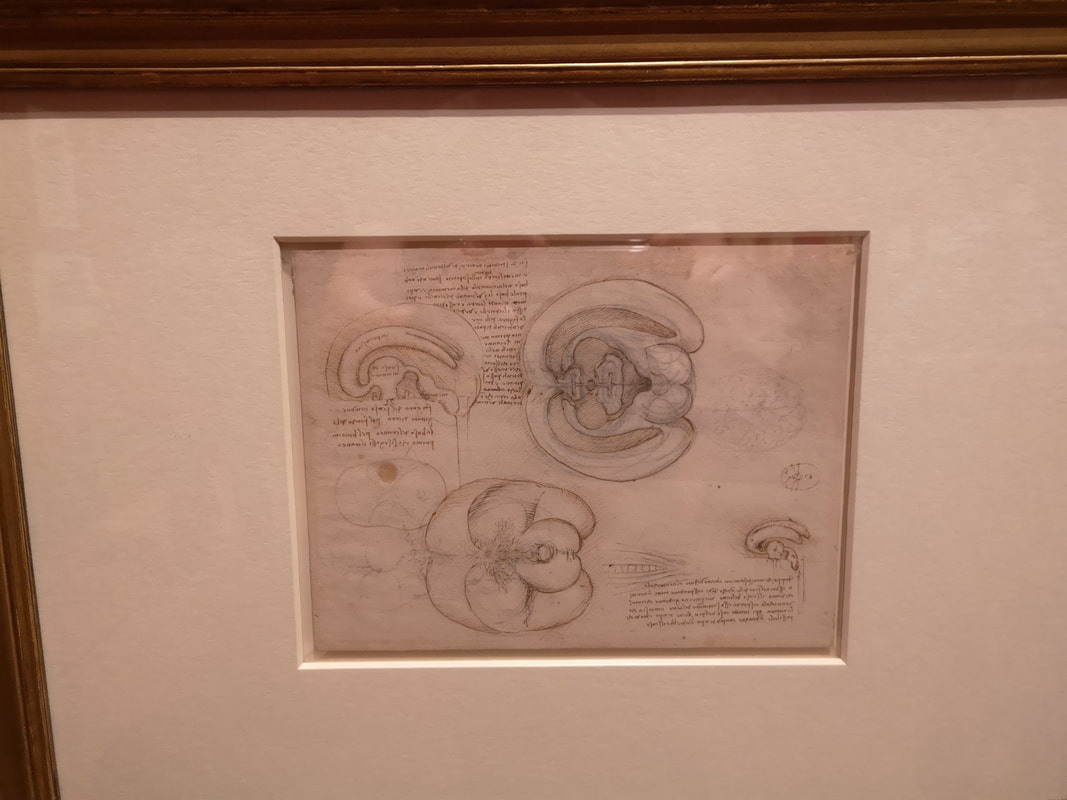
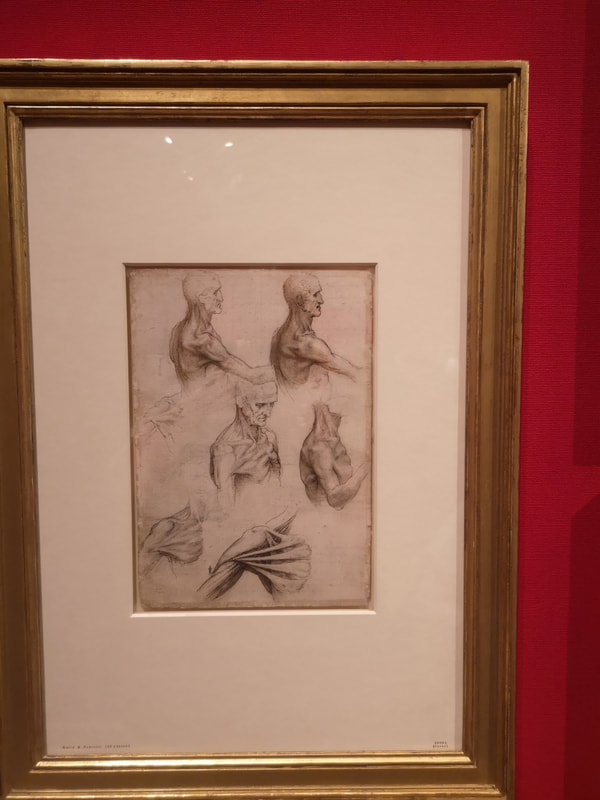
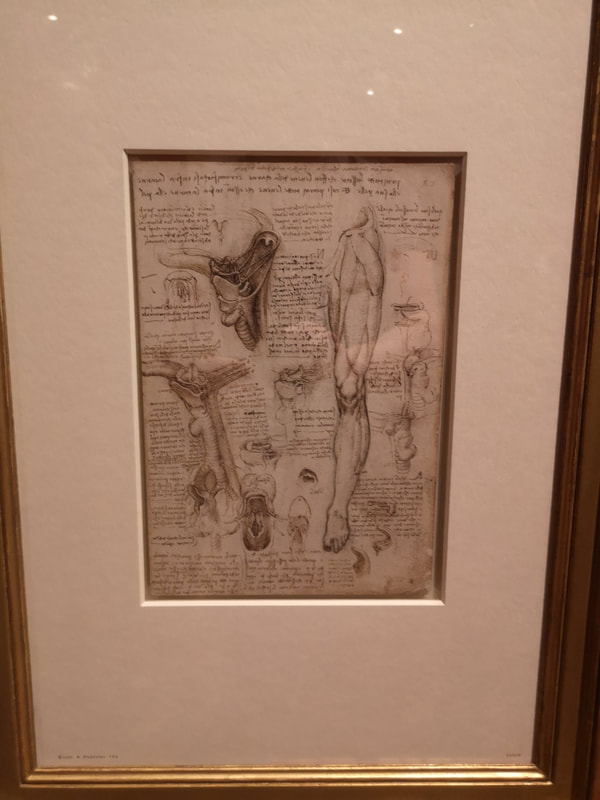
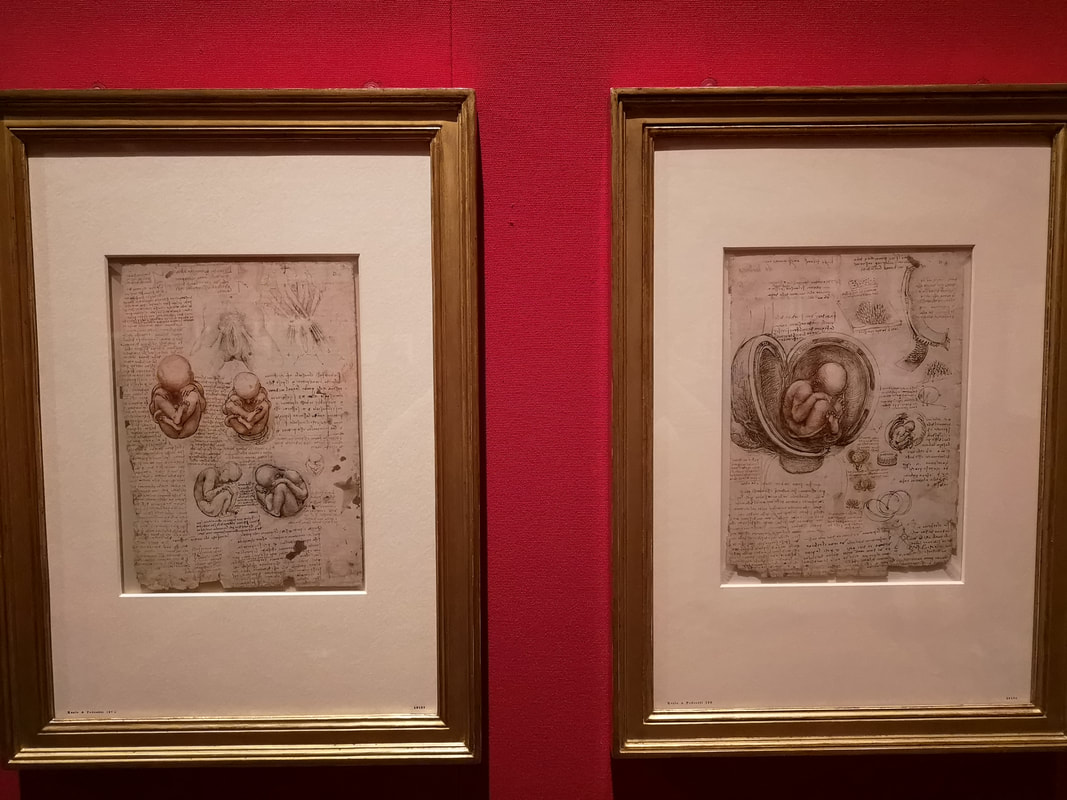
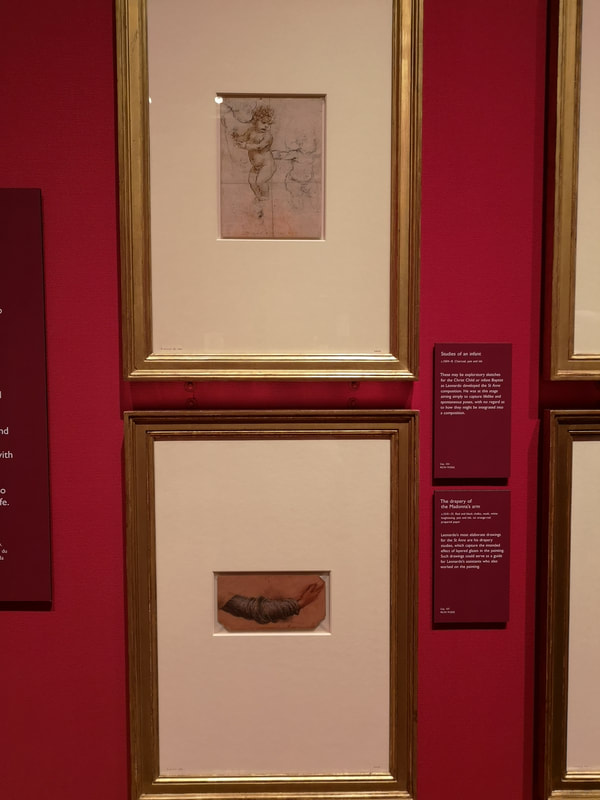
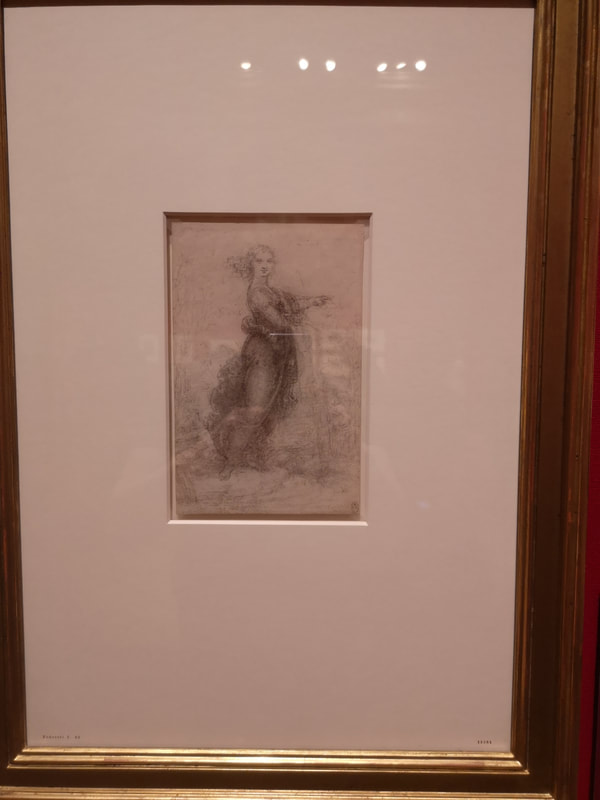
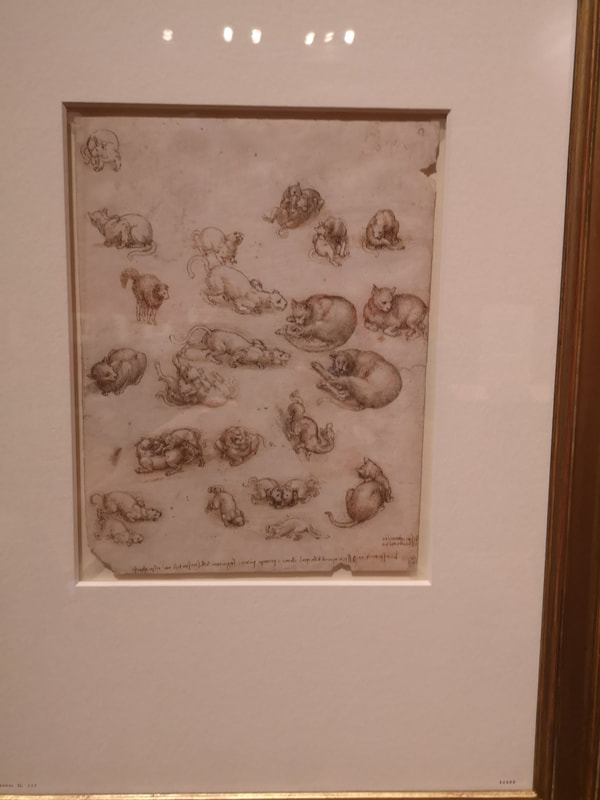
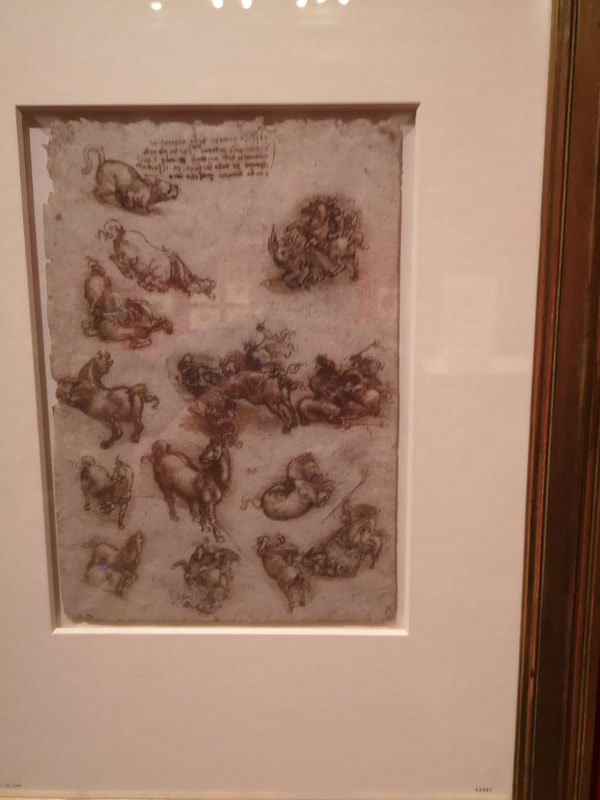
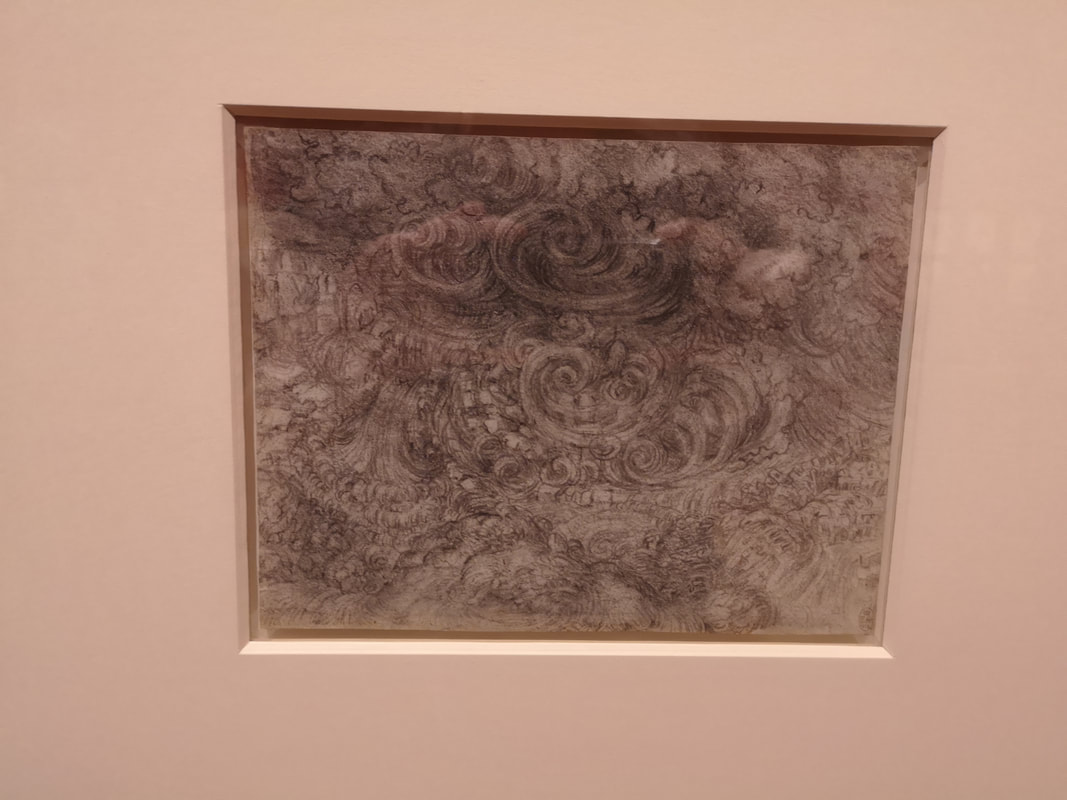
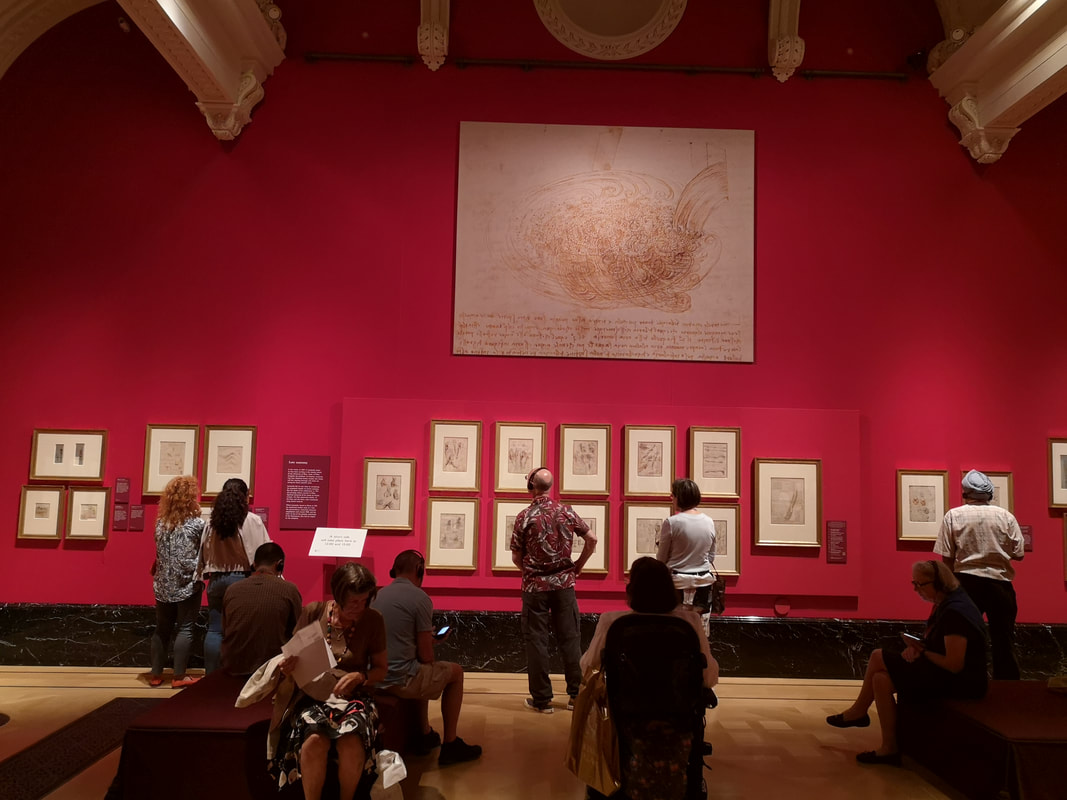
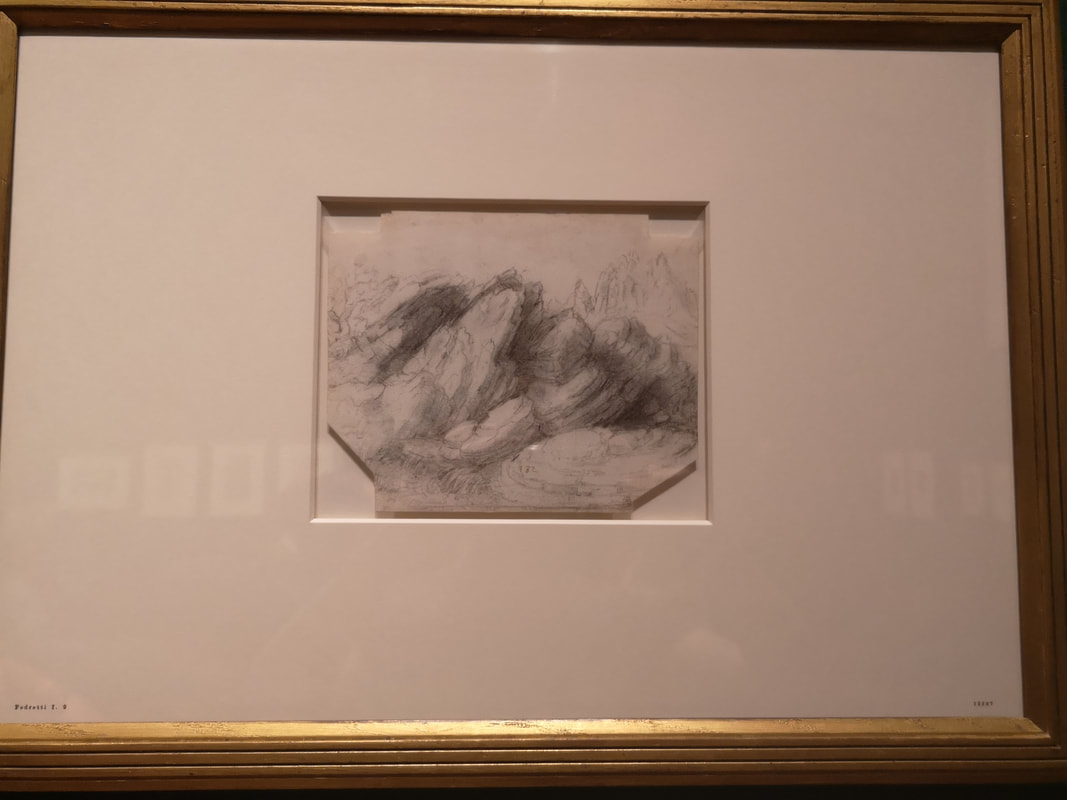
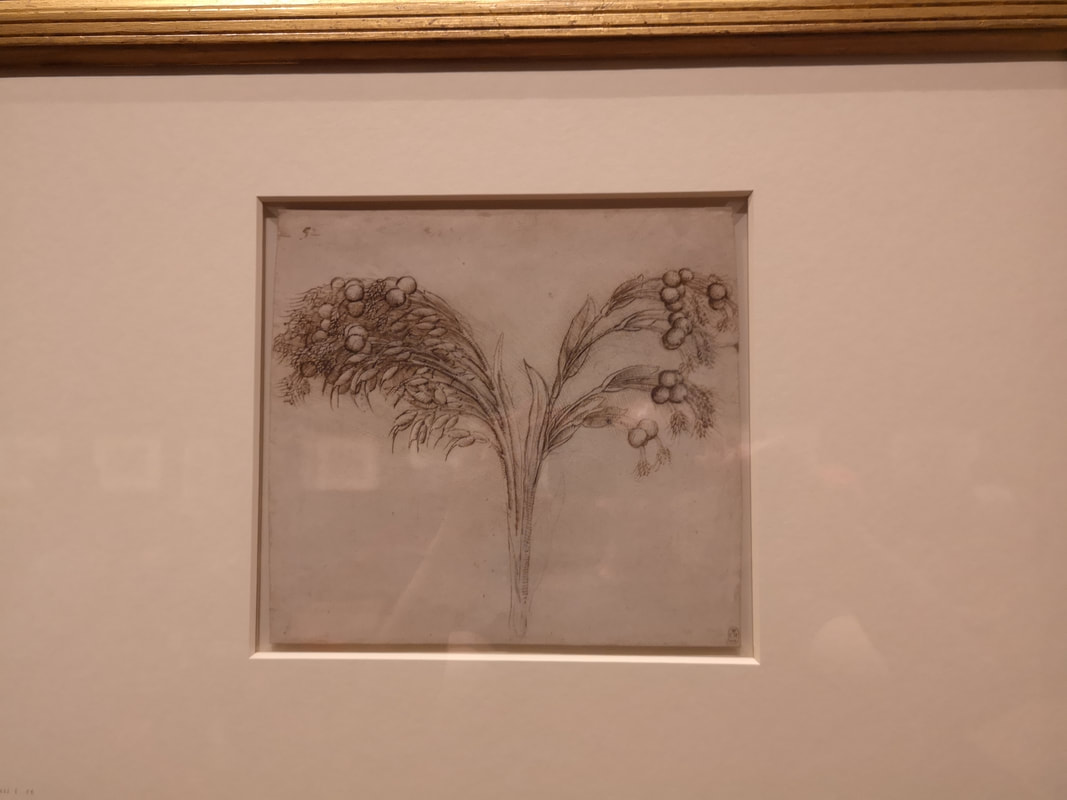
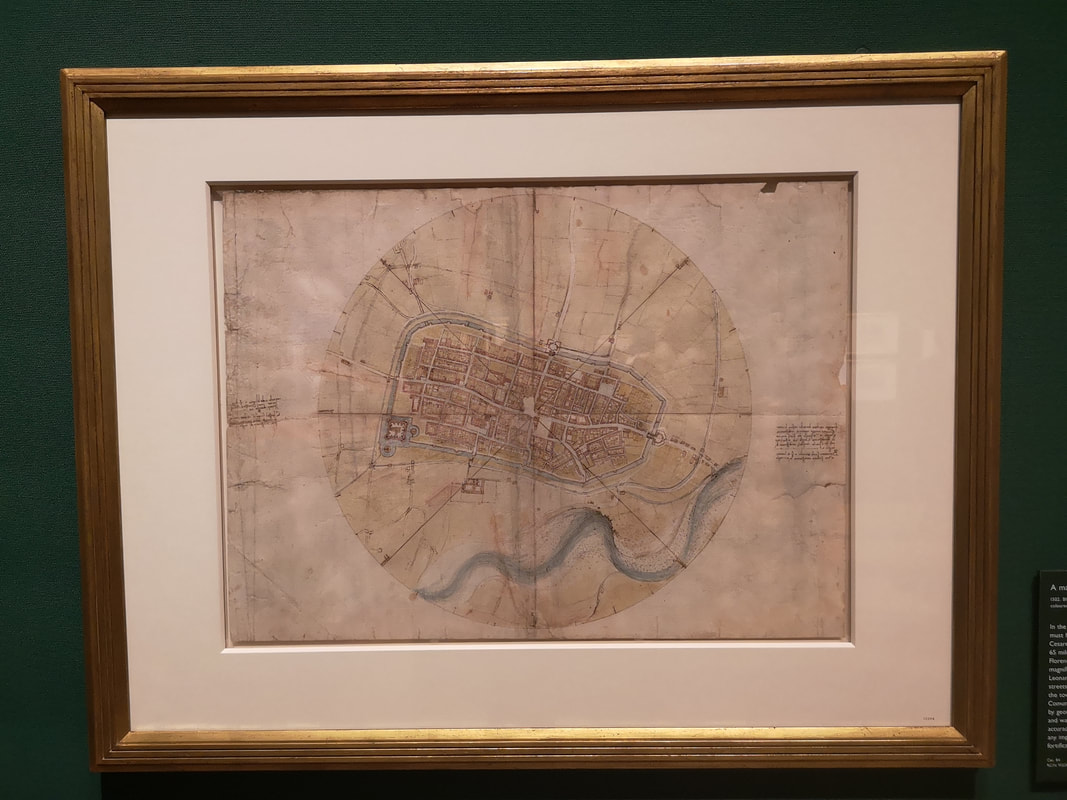
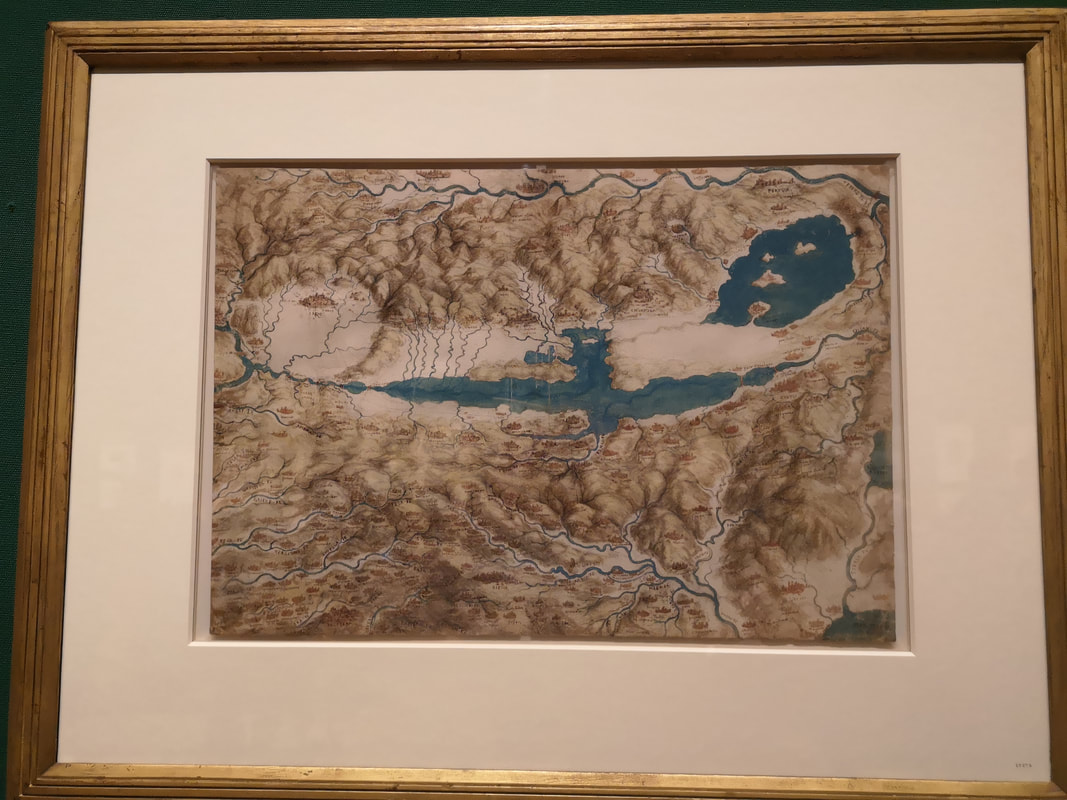
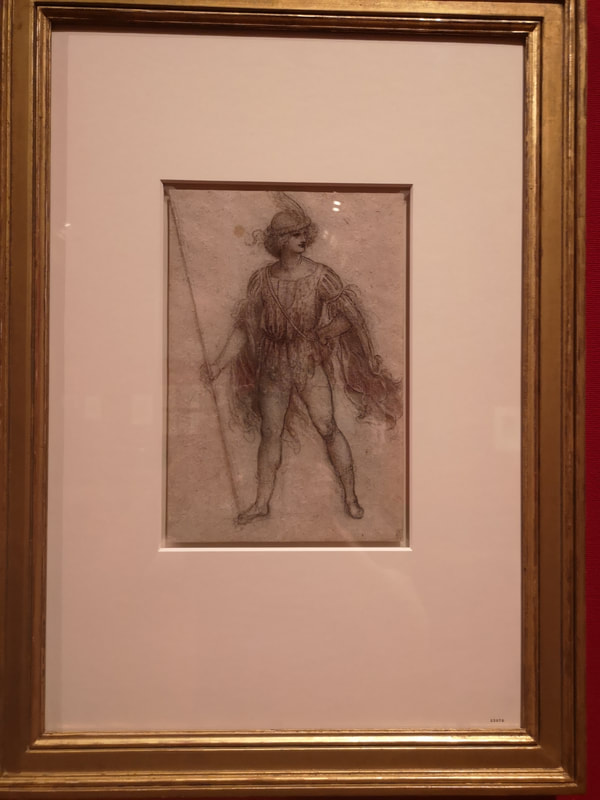
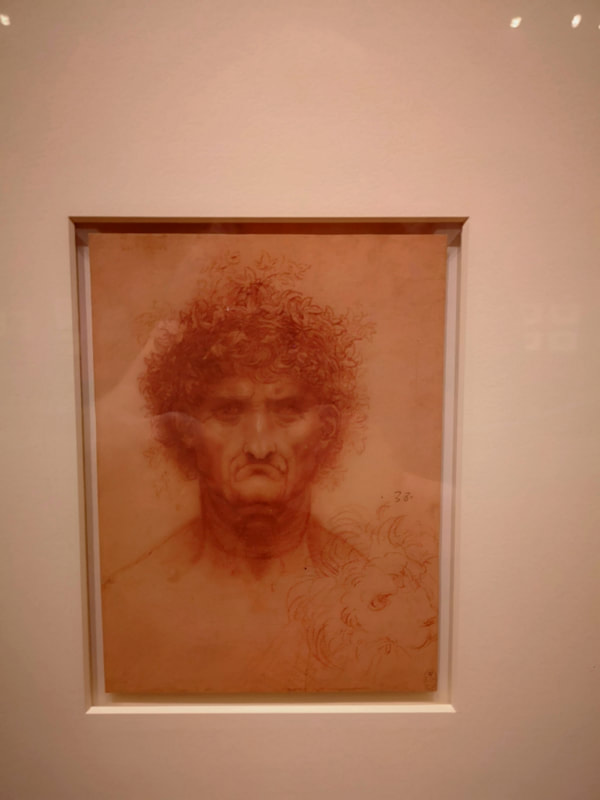
 RSS Feed
RSS Feed